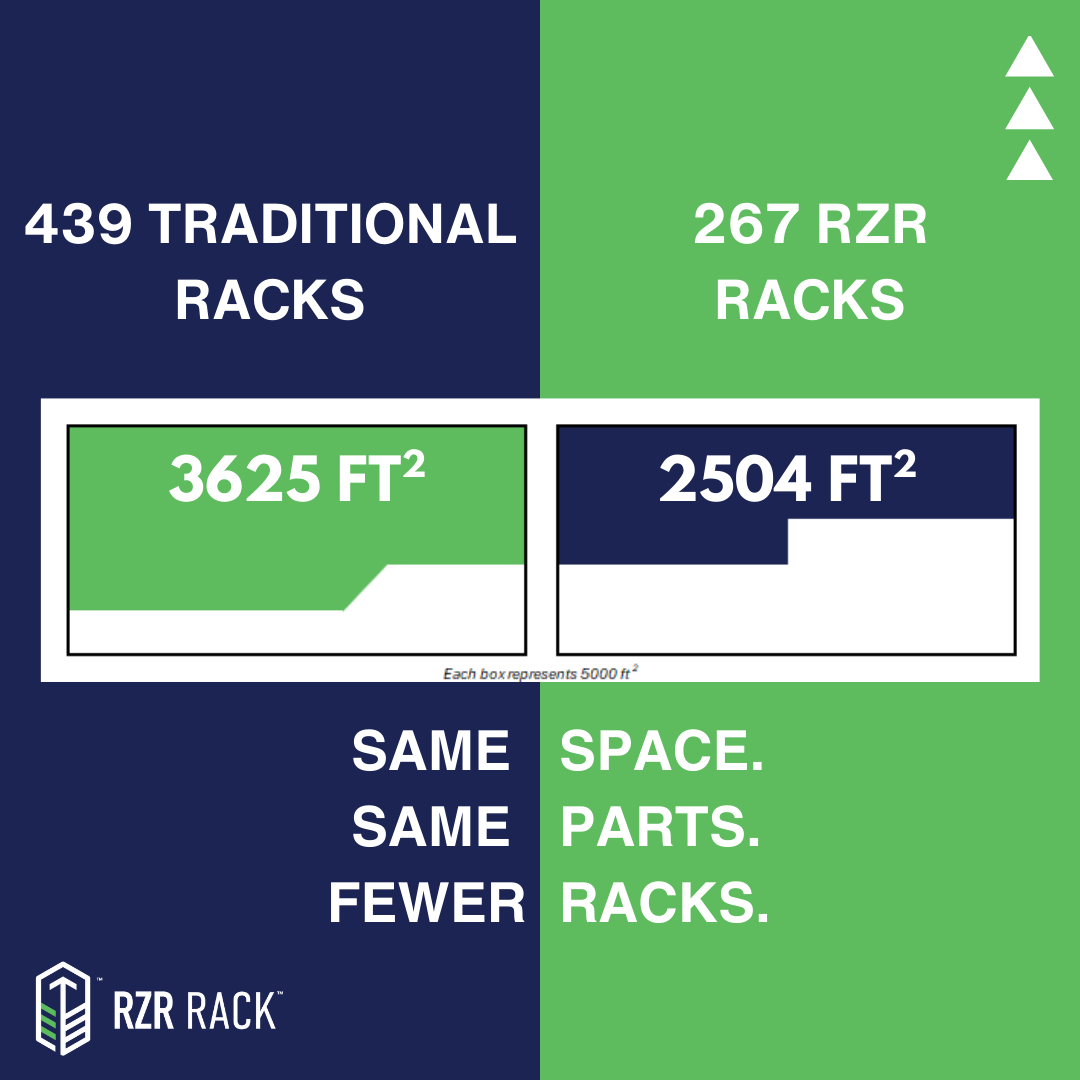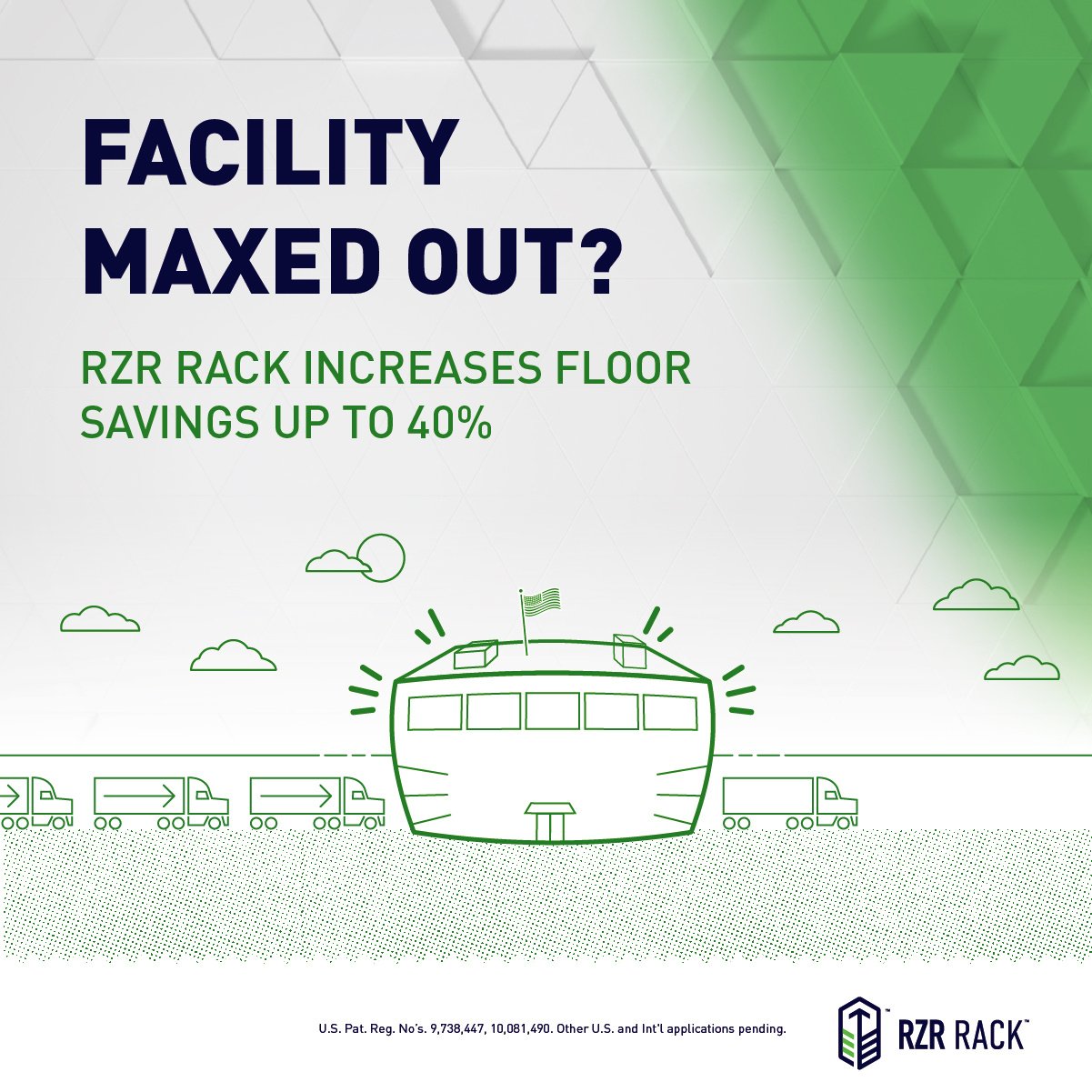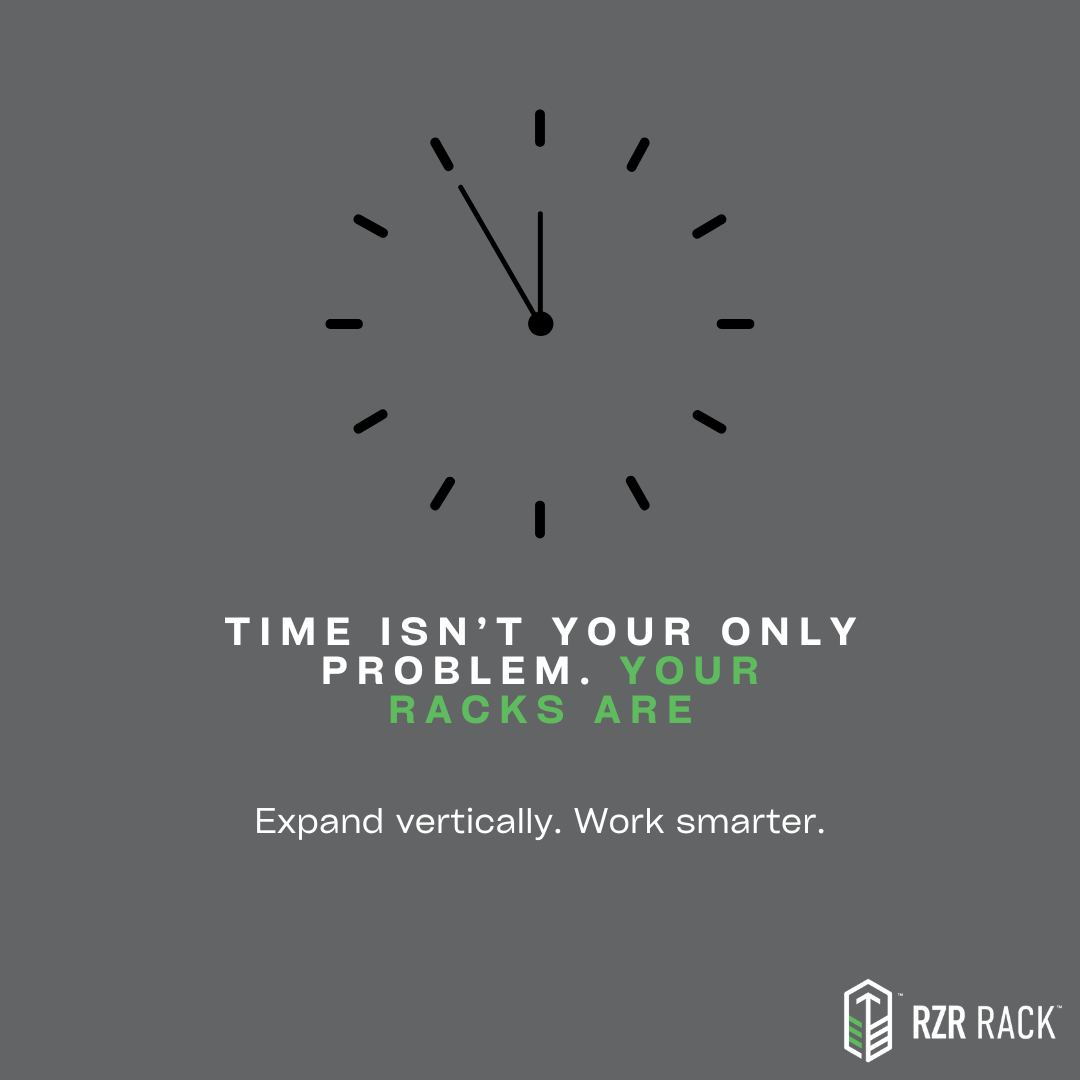Efficient material flow and safety are crucial factors in any manufacturing environment. When these areas are neglected or mismanaged, companies experience hidden costs that can significantly impact both operational efficiency and employee well-being. Poor material flow can create bottlenecks, increase labor costs, and ultimately reduce productivity, while inadequate safety measures can lead to workplace injuries and heightened liability.
Hidden Costs of Forklifts
One of the most common tools for moving materials in manufacturing is the forklift. However, as many companies have discovered, forklifts come with their own set of disadvantages. They are expensive to operate and maintain, require significant training for safe operation, and can pose serious safety hazards to employees. In fact, forklifts account for thousands of workplace injuries each year and are often the cause of costly downtime and repairs.
In our previous blog, we highlighted the safety risks and high operational costs associated with forklifts. As companies strive for increased efficiency, many are exploring alternatives like tuggers and automated guided vehicles (AGVs). These alternatives not only offer safer options for material movement but can also significantly reduce costs in the long run. Unlike forklifts, tuggers and AGVs are designed for streamlined movement along predefined routes, making them a more predictable and controlled solution.
Why Tuggers and AGVs are a Better Choice
When coupled with WIP carts, tuggers and AGVs present a viable alternative by not only being safer, but by also being more affordable and efficient. Tuggers can pull multiple carts at once, reducing the need for constant back-and-forth trips. AGVs, on the other hand, offer automated movement, allowing companies to streamline material flow without direct human intervention. While these alternatives may require an initial investment, the reduction in labor, training, and maintenance costs can lead to substantial long-term savings.





Traditional WIP Carts: A Solution with a Trade-Off
When it comes to Work-in-Progress (WIP) carts, many companies appreciate their ergonomic and material handling benefits. WIP carts allow materials to be moved efficiently and can be positioned to enhance employee ergonomics, reducing strain and fatigue. This is particularly valuable in environments where heavy lifting and repetitive motion are common. Additionally, WIP carts offer flexibility in material flow, as they can be easily moved along production lines or between workstations.


However, there is a trade-off. Traditional WIP carts cannot be stacked, which can pose space constraints, especially in facilities with limited room. When manufacturers try to increase density, the inability to stack WIP carts becomes a problem. This limitation often requires companies to look for alternative solutions that can provide both the ergonomic benefits of WIP carts and the space-saving features of stackable systems.

The RZR Rack: Solving Material Flow and Safety Challenges
At Diverse Global, we believe that there’s always room for innovation in material handling. The RZR Rack is designed with this principle in mind, addressing the issues related to poor material flow, safety risks, and the limitations of traditional WIP carts.
The RZR Rack is a versatile, customizable solution that allows manufacturers to streamline their material handling processes without sacrificing safety or efficiency. Here’s how it solves these critical issues:
-
Enhanced Ergonomics: The RZR Rack is designed to improve worker ergonomics by allowing for easy access to parts at various heights, reducing the need for bending and reaching. This ergonomic benefit helps minimize worker strain and contributes to a safer work environment.
-
Increased Space Efficiency: Unlike traditional WIP carts, the RZR Rack can be expanded vertically, allowing for efficient part movement and maximizing floor space. This feature is invaluable for companies struggling with limited space, as it enables them to increase material density without compromising on accessibility or worker safety.
-
Controlled Movement: The RZR Rack is compatible with tuggers and AGVs, which means it can be integrated into automated or semi-automated material handling systems. This compatibility reduces the need for forklifts, offering a safer, more cost-effective way to move materials through the production floor.
-
Flexibility and Customization: The RZR Rack can be tailored to specific manufacturing needs, including custom shelving, dividers, and even software that pre-programs the height adjustments based on ergonomic requirements. This flexibility allows manufacturers to create a material handling system that fits their unique workflow and safety requirements.
-
Cost Savings: By minimizing the need for forklifts, reducing ergonomic-related injuries, and optimizing floor space, the RZR Rack helps companies lower operational costs. This allows manufacturers to reallocate funds towards innovation, growth, and employee wellness initiatives.
Discover the RZR Rack Difference
The RZR Rack is more than just a material handling solution—it’s a tool for driving safety, efficiency, and long-term savings in the manufacturing process. As companies continue to look for ways to enhance material flow, reduce safety risks, and make the most of available floor space, solutions like the RZR Rack will become essential.
Want to learn more about how the RZR Rack can transform your facility’s material handling? Reach out to Diverse Global to see how we’re constantly innovating and pushing the boundaries of what’s possible in material handling.
As part of the 2020 AutoPack Summit, we did an in-depth presentation about the topics discussed above. To see that presentation in its entirety, click the link below!




